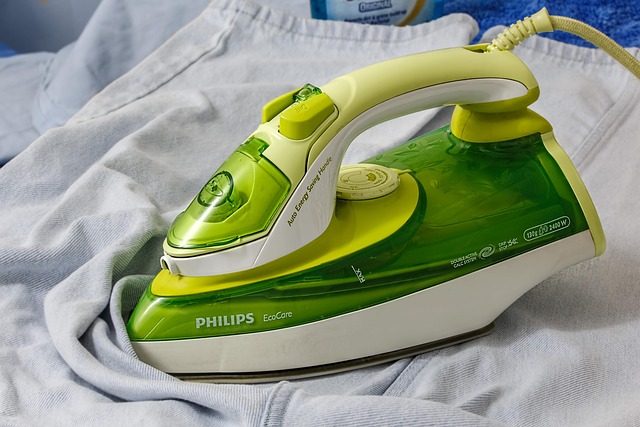Towel Guide: Materials, Uses, Care
Towels are simple, everyday textiles that perform a range of practical tasks—from drying after a bath to wiping hands and cleaning surfaces. Understanding common materials and construction helps you pick the right towel for a purpose, whether a plush cotton bath towel for daily use, a compact hand towel for the sink, or a quick-drying microfiber cloth for sport and cleaning. This guide explains material differences, care tips, and a straightforward product comparison to help you make informed choices.

What is a cotton towel?
Cotton towels are woven from natural cotton fibers and are widely used because of their absorbency, softness, and breathability. Varieties such as long-staple Egyptian or Turkish cotton tend to feel smoother and last longer because of stronger fibers. Cotton towels are usually rated by GSM (grams per square meter): lower GSM (300–400) feels lighter and dries faster, while higher GSM (500–700) gives a denser, more absorbent feel. Cotton is also easy to launder, though repeated use and improper care can reduce softness over time.
How to choose a bath towel?
Selecting a bath towel involves balancing size, weight, and drying time. Standard bath towels are typically 27x52 inches (or larger for bath sheets) and are often marketed by GSM to indicate thickness and absorbency. A 400–600 GSM range offers a middle ground between plushness and quicker drying. Consider weave type—terry loop towels trap water effectively, while waffle or flat weaves dry faster. For humid climates or frequent travel, choose a lighter towel; for spa-like softness at home, opt for higher GSM cotton with longer fibers.
How to care for hand towel and bath towel?
Proper care keeps both hand towels and bath towels hygienic and long-lasting. Wash towels separately from clothing to reduce lint transfer and use a warm water cycle for regular cleaning; hot water can be used for towels that need deeper sanitizing. Avoid excessive fabric softener, which can leave residues that reduce absorbency; instead, use white vinegar occasionally to break down buildup. Dry towels thoroughly—tumble dry on medium or line dry—and remove promptly to reduce mildew. Regularly replacing worn towels preserves hygiene and performance.
When to use microfiber towels?
Microfiber towels are made from synthetic fibers (usually polyester and polyamide) with very fine strands that increase surface area. They excel at rapid drying, high absorption relative to their weight, and gentle, lint-free wiping, which makes them popular for sports, car care, and cleaning glass or electronics. Microfiber can also trap oils and soils better than some cottons. However, microfiber is not biodegradable and may shed microplastics when washed; using a microfiber-catching laundry bag and washing at lower temperatures can help reduce environmental impact.
Comparing towel products and estimated costs
Below is a brief comparison of common towel products from recognizable providers with typical characteristics and approximate price ranges. These entries are intended as general examples rather than endorsements.
| Product/Service Name | Provider | Key Features | Cost Estimation |
|---|---|---|---|
| Amazon Basics Cotton Bath Towel | Amazon | 100% cotton, terry weave, budget-friendly | $8–$20 |
| Classic Bath Towel (cotton) | Brooklinen | Long-staple cotton, mid-to-high GSM, softer finish | $40–$70 |
| Classic Bath Towel (cotton) | Parachute | Turkish or long-staple cotton, hotel-style finish | $35–$65 |
| Microfiber Cleaning Cloth (pack) | Generic/Various (e.g., Zwipes) | Fast-drying, lint-free, multi-use cleaning | $8–$25 (per pack) |
Prices, rates, or cost estimates mentioned in this article are based on the latest available information but may change over time. Independent research is advised before making financial decisions.
Conclusion
Choosing the right towel depends on how you plan to use it: cotton towels offer natural absorbency and comfort for bath and hand use, while microfiber performs well for quick-dry and cleaning tasks. Pay attention to GSM, weave, and fiber type when comparing options, and follow proper laundering practices to maintain absorbency and longevity. With a basic understanding of materials and care, you can select towels that match your routine and local conditions.






